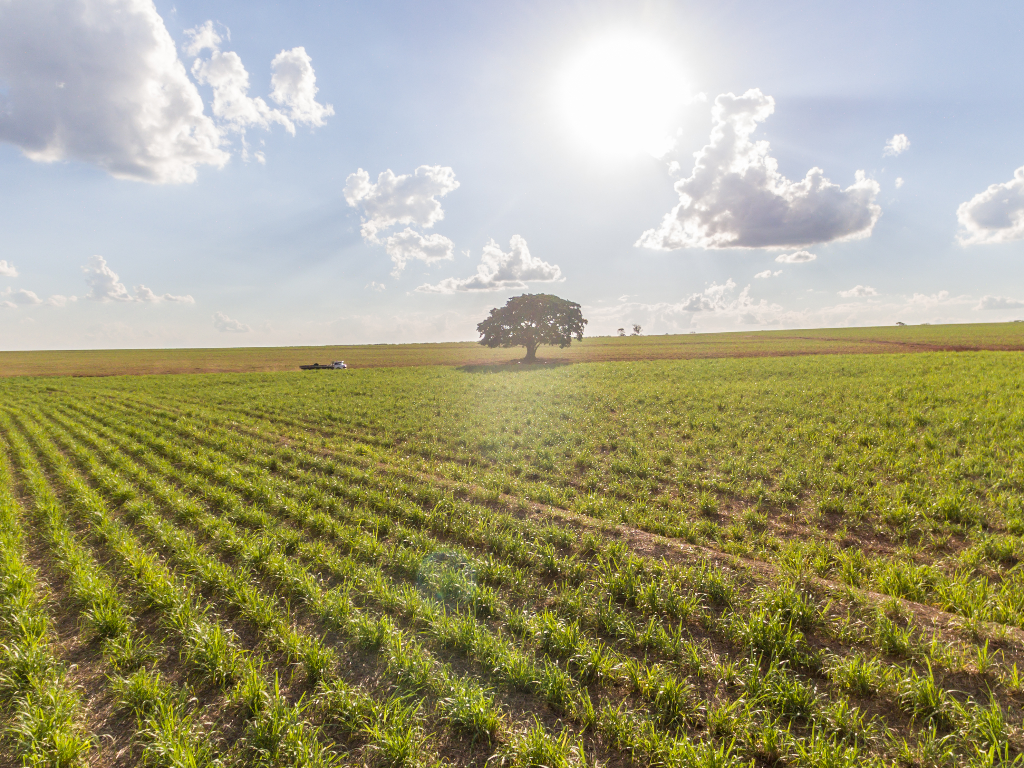Authored by Korir Geoffrey
Seed cane forms the biological foundation upon which sugarcane productivity and factory recovery depend. In Kenya, however, systemic weaknesses in the development, multiplication, and distribution of seed cane have significantly undermined crop yields, varietal purity, and field uniformity. Most smallholder farmers rely on recycled cane, often ratooned beyond its genetic and agronomic viability.
A robust seed cane system is essential to reversing this trend. The ideal structure comprises three critical and interdependent stages: breeder seed, foundation seed, and certified seed. While breeder and foundation seed are typically maintained by research institutions, the multiplication of certified seed should be decentralized to accredited private growers, outgrower organizations, or miller managed nurseries.
Understanding the Three Tier Seed Cane System
Breeder seed is the first tier in the seed cane pipeline. It is preserved by research institutions under strictly controlled environments to maintain genetic integrity. Derived from nucleus stock, breeder seed is grown in isolation and subjected to rigorous monitoring to prevent contamination. Though produced in small volumes, it is a crucial input for generating foundation seed and not for direct commercial use.
Foundation seed serves as the intermediary stage between breeder and certified seed. It is cultivated under stringent agronomic and phytosanitary protocols, typically by research farms, public private partnerships, or licensed multipliers. The goal is to produce sufficient volumes of clean, high quality planting material to supply certified seed producers while safeguarding varietal purity and health standards.
Certified seed, the third and most critical tier, is what farmers directly plant in their fields. To ensure widespread access, its multiplication must be decentralized and commercialized. Certified seed must meet established quality criteria verified through official field inspections, disease monitoring, and varietal authenticity checks before it is approved for sale or distribution.
Challenges Facing Kenya’s Seed Cane Sector
Despite the existence of this three-tier framework, Kenya’s seed cane system faces several constraints:
- Low production volumes of breeder seed
- Inadequate field inspection and certification capacity
- Poor varietal renewal and dissemination cycles
- A shortage of licensed commercial seed cane growers
Although improved varieties such as KEN 83 737 and KEN 82 216—known for their drought tolerance, early maturity, and resistance to smut and mosaic virus—have been released, their adoption remains below 30 percent. This is primarily due to a lack of clean seed distribution channels, limited farmer awareness, and logistical challenges in rural regions.
New Approach: Decentralized and Commercialized Seed Cane
To resolve the seed cane crisis, Kenya must adopt a decentralized, commercialized seed system modeled on best practices from countries like India, Mauritius, and Brazil. This shift involves:
- Establishing nucleus multiplication zones equipped with irrigation infrastructure, mechanization, and phytosanitary controls
- Identifying and training smallholder seed cane entrepreneurs who are certified and operate under regulated seed schemes with traceability protocols
- Providing targeted financial and technical support, including subsidized startup kits, inspection services, and guaranteed markets through miller partnerships
A single well managed 1-acre certified seed plot can yield 20 to 25 tonnes of plantable cane per season offering greater returns than conventional commercial cane production. The local availability of clean seed improves plant establishment, enhances ratoon performance, and ultimately raises factory recovery rates.
Leveraging Technology to Accelerate Adoption
Emerging technologies offer practical solutions to accelerate clean seed dissemination:
- Single bud planting
- Polybag nurseries
- Tissue culture propagation
These rapid multiplication techniques can reduce seed cane requirements by up to 50 percent and shorten propagation cycles from three years to one, significantly boosting access to quality planting material.
Policy and Institutional Support
Robust policy intervention is essential to sustain this transformation. The government, through Kenya Sugar Board, should:
- Enforce national varietal and certification standards
- Support the establishment of certified seed nurseries through subsidies and training
- Develop and implement a national seed cane accreditation and distribution framework
- Integrate digital tools such as farmer registries, GPS mapping, and varietal tracking systems to ensure transparency and prevent the planting of uncertified cane in commercial fields
Conclusion
Kenya cannot double its cane yields or improve mill recovery rates without overhauling the current seed cane production and distribution system. A resilient, science driven, and commercially viable seed cane system is not merely a technical requirement—it is a strategic imperative. Fixing the seed cane crisis is the missing link in the country’s quest for a sustainable and globally competitive sugar industry.

